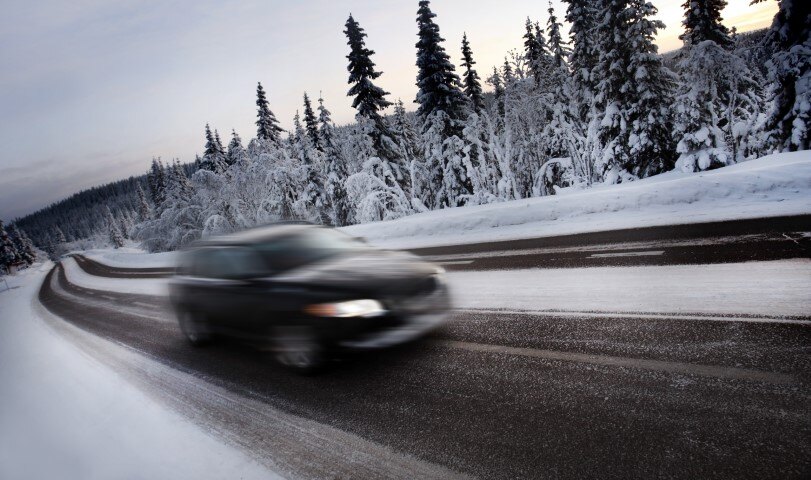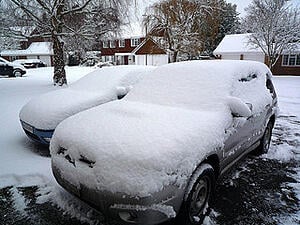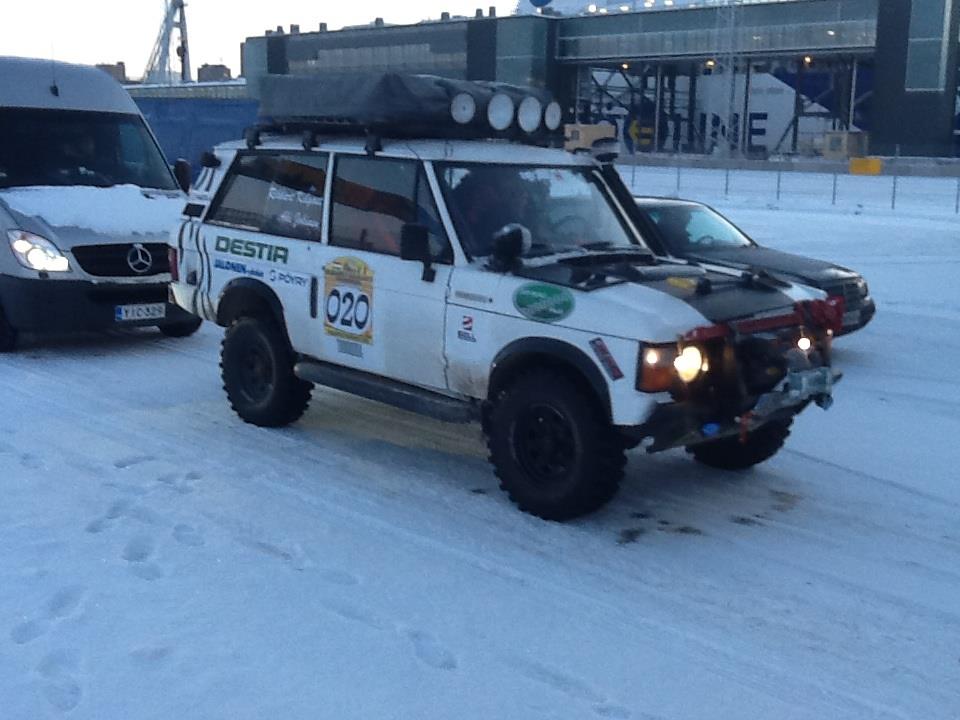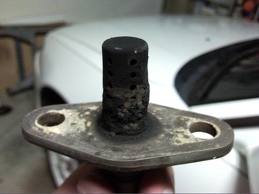How to Thaw Frozen Gas Lines in a Car
The cold temperatures are here and bring with them certain hassles like frozen fuel lines. A frozen fuel line will stop an engine dead in its tracks,...
2 min read
Bell Performance : Feb 14 2014

When the cold months arrive, your car performance seems to go on vacation. Starting is harder, performance is sluggish, and drivability is more difficult when the weather hovers at or below freezing.
 2014 is turning out as an exceptionally cold year with many areas of the United States staying below freezing for extended periods.
2014 is turning out as an exceptionally cold year with many areas of the United States staying below freezing for extended periods.
There are steps you can take before and during winter’s cold weather to get better car starting, better car performance, and better drivability.
There are things you can do to winterize your car so it performs at its best. These things include:
If you are a weekend mechanic tune your car before the cold weather starts. Those who are not mechanical, have your car tuned by a competent mechanic. A good choice is an ASE certified mechanic. Make sure to change all filters and that the coolant concentration in your radiator is in a 50/50 ratio of water and antifreeze.
Check your battery for corrosion on the terminal connections and posts. If any exists, clean them off and tighten them again.
Change your windshield wiper blades to ones clad with rubber to scrape ice from the windshield in the winter. Make sure you have refilled your windshield washer reservoir with wiper solvent and keep plenty on hand – it is amazing how quickly you use it!
Make sure you have snow tires on your car for improved drivability during the winter and its snow filled and icy roads.
Cold weather makes rough idling worse. Use a high-quality throttle plate and carb cleaner. A short spray on the throttle plate cleans, lubricates, and increases engine performance.
E10 gasoline can harm your fuel system and engine.
Older transmissions that work well benefit from using a transmission fluid conditioner. But, if you own a late-model car that uses synthetic transmission fluid, you do not need to add a conditioner.
The need to “warm up” your car for several minutes before driving in cold weather is a myth. It is best to start your, wait just long enough to adjust your mirrors, seatbelt, and then drive.
Today’s cars warm up sooner if they you drive them and not leave them idling. However, wait a couple of miles before allowing your car engine to rev high.
Photo Credit / Creative Commons / No Changes Made

The cold temperatures are here and bring with them certain hassles like frozen fuel lines. A frozen fuel line will stop an engine dead in its tracks,...

Today, Bell's on-staff master mechanic James Dunst breaks down mechanic issues in your car that could be related to getting good gas mileage.

April is National Car Care Month! For most people, their vehicle is their second biggest financial investment outside of property, and with the...